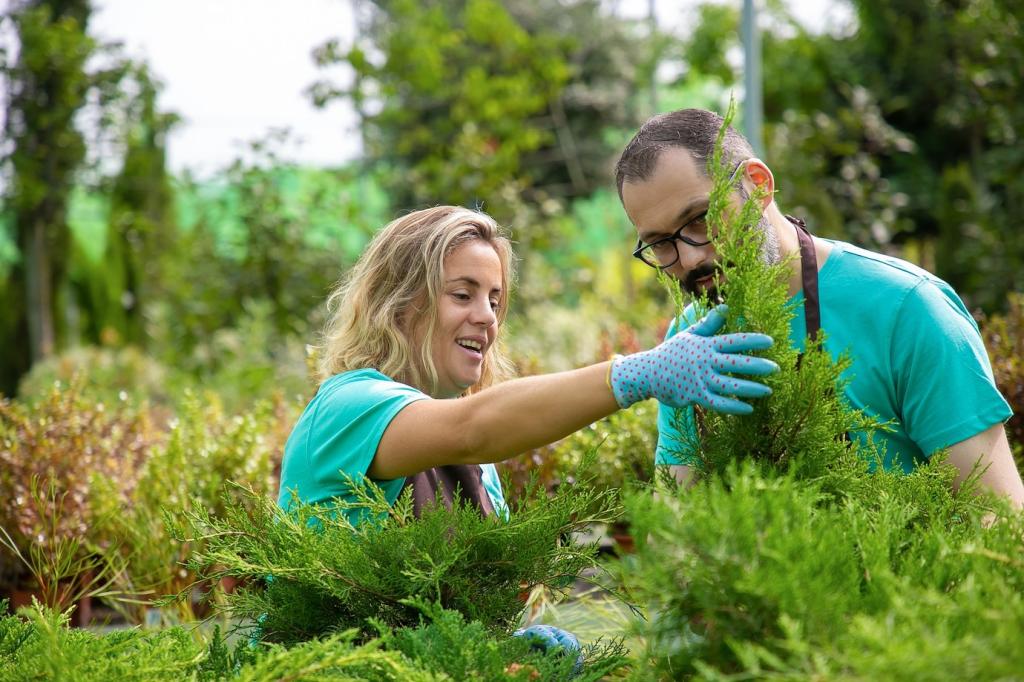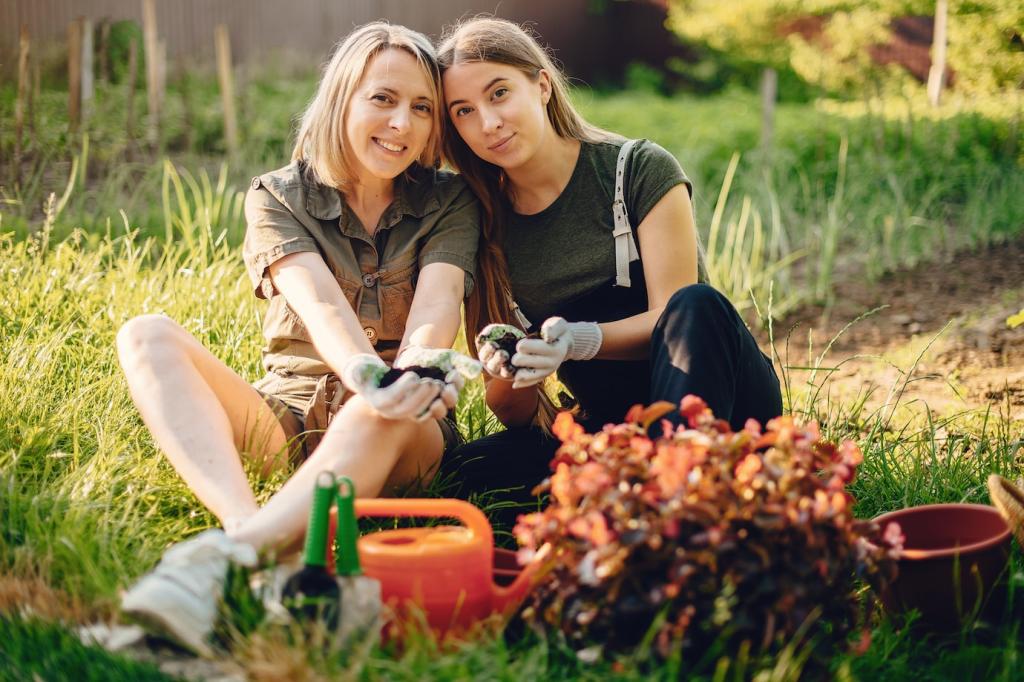This website uses cookies so that we can provide you with the best user experience possible. Cookie information is stored in your browser and performs functions such as recognising you when you return to our website and helping our team to understand which sections of the website you find most interesting and useful.
Sustainable Practices in Home Gardening
Sustainable practices in home gardening are essential for reducing environmental impact while cultivating beautiful, productive gardens. By making thoughtful choices in how gardens are planted, maintained, and harvested, homeowners can promote ecological health, conserve resources, and create harmonious outdoor spaces. This webpage explores core aspects of sustainability within the home garden, offering practical insights into methods that foster biodiversity, conserve water, enrich the soil, and minimize waste. Whether you’re a seasoned gardener or just starting out, understanding sustainable practices will not only benefit your garden but also contribute to a greener planet. Each section dives into key areas, providing guidance on integrating sustainability into every stage of gardening.

Soil Health and Regeneration
Composting to Enrich Soil
Cover Cropping and Green Manures
Minimizing Soil Disturbance
Water Conservation Strategies
Mulching for Moisture Retention
Rainwater Harvesting and Smart Irrigation
Plant Selection to Reduce Water Needs
Reducing and Recycling Garden Waste
Supporting Pollinators and Wildlife


